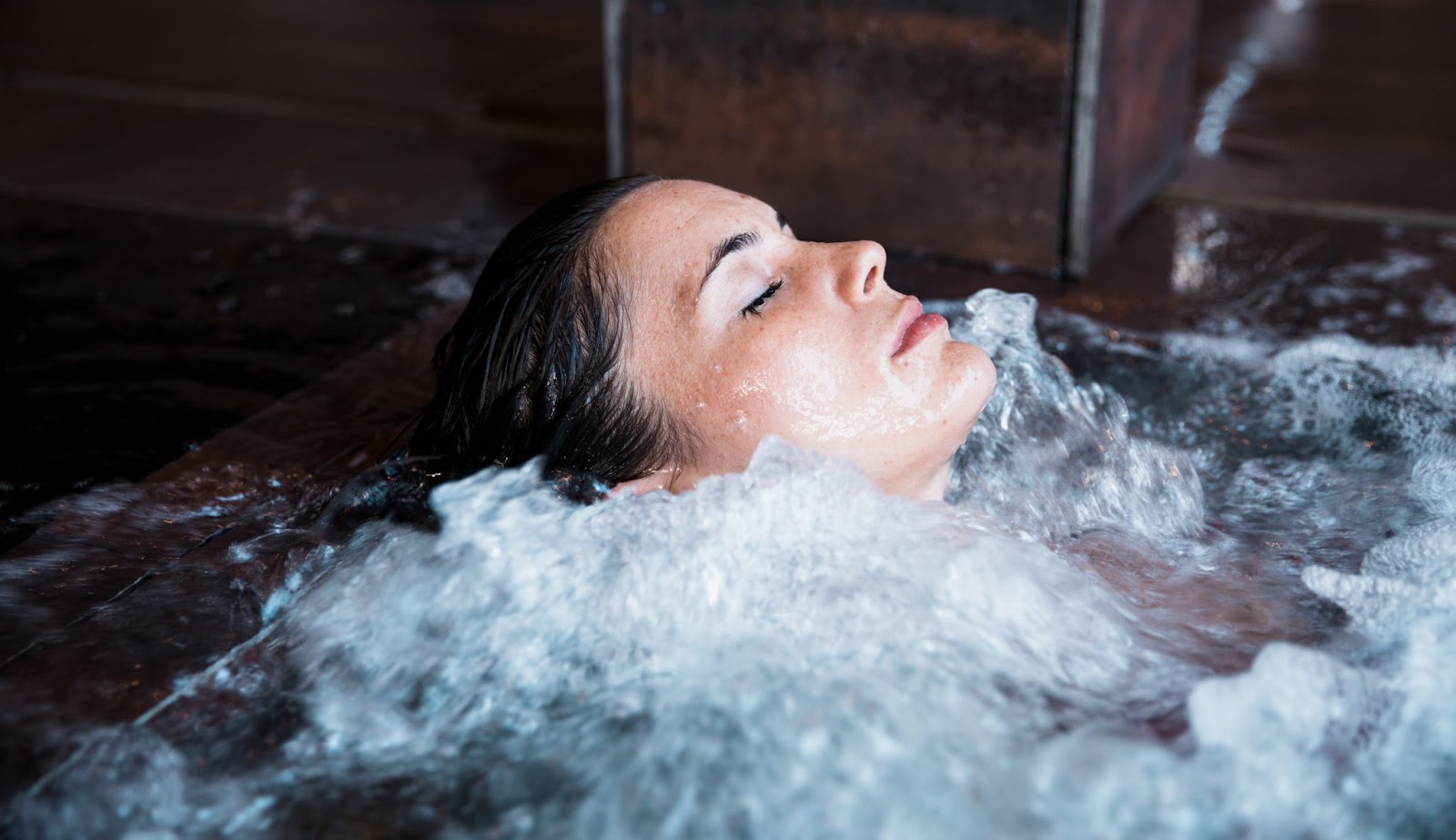
All across social media, ice baths, alternatively referred to as cold water therapy have gained much traction by celebrities and influencers. This raises the question of whether the practice of cold water therapy is healthy or just hype? Even more so, how do ice baths function on a systematic level and can its benefits be scientifically justified? As a trusted provider of high quality ice baths, we take a deep dive into the science behind cold water therapy, and our ice baths.
How do Ice Baths Function?
Cold water therapy is the use of low temperature water for health promotion or treatment of disease. A form of this, ice baths involves compressing your body into a body of cold water ranging from 4 to 16 degrees Celsius.
When it comes to the actual composition of an ice bath, they can be as simple or as advanced as you like. The most simple version would be a bathtub of water filled with ice, and a more progressive version of this being a solid, multi-use ice bath made specifically for cold plunges. These ice baths have inbuilt water chillers, particle filters, and are made of durable materials such as PVC and stainless steel. The key difference between DIY ice baths, and a portable ice bath for cold plunges is maintenance. With less time spent on sanitising, refilling and adjusting your bathtub, portable ice baths offer convenience to make sure you get the most out of your cold water therapy.
Your typical portable ice bath has a water chiller, which keeps the water temperature within the optimal range. High quality baths will also have a water filter, which eradicates bacteria and debris from your water. The process of cold plunging into an ice bath then becomes quite simple. All you have to do is fill your ice bath with water, and rest assured the chiller and filter will make sure you get maximum benefits from your cold plunge.
What Do Ice Baths Do to Your Body?
Now we know how ice baths work, what exactly do they do to our bodies on a biological level?
1. Reduces Inflammation
During an ice bath, the cold water temperature results in the narrowing of your blood vessels. As a result, blood flow to your muscles decreases, ultimately reducing inflammation. According to sports medicine specialist Dr. King, ice baths can numb pain receptors to decrease inflammation, which is especially useful for those who suffer from inflammatory conditions such as rheumatoid arthritis.
2. Relaxes Sore Muscles
According to research, ice baths can reduce delayed-onset muscle soreness, something that often occurs after periods of intense exercise. However, more clarity on the duration and frequency is needed.
3. Lowers Body Temperature
An obvious effect of ice baths is that they lower your core body temperature. According to Dr. King, this becomes useful for heat stroke sufferers, as their body temperature decreases almost instantly. Cooling down after intense physical activity can also help prevent heat exhaustion.
Now that you know the science behind ice baths, it’s time you experience it for yourself. Contact us for all your ice bath queries.
